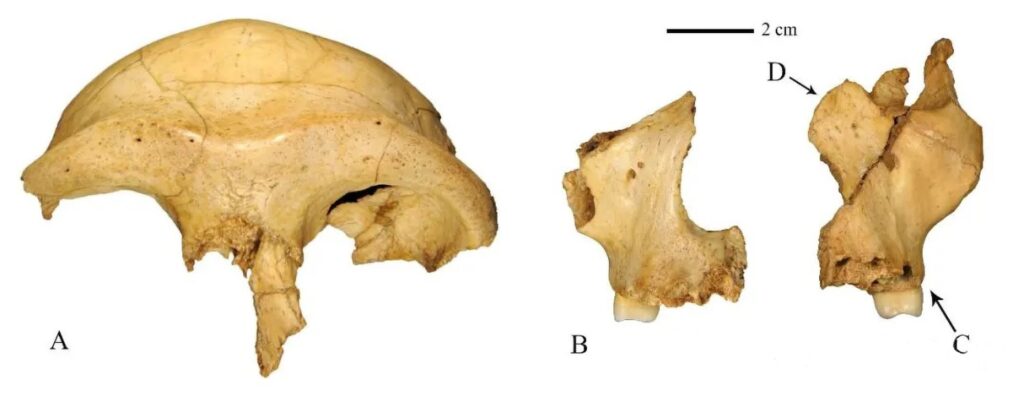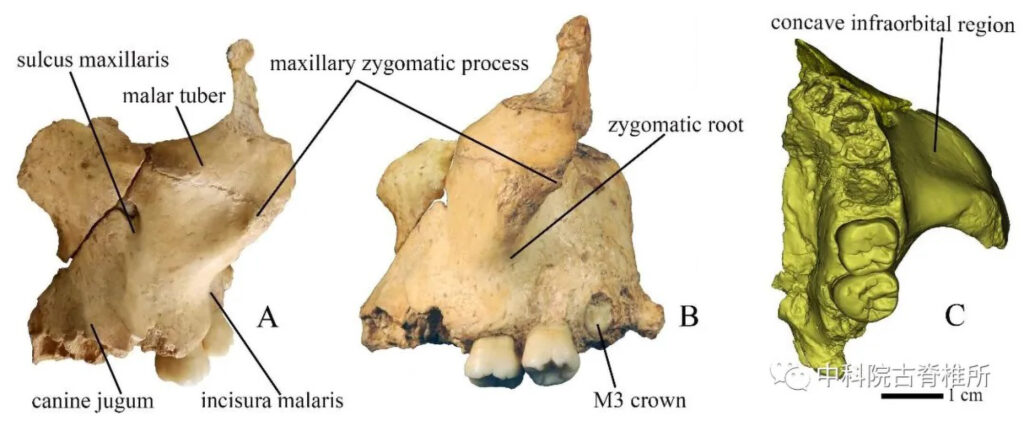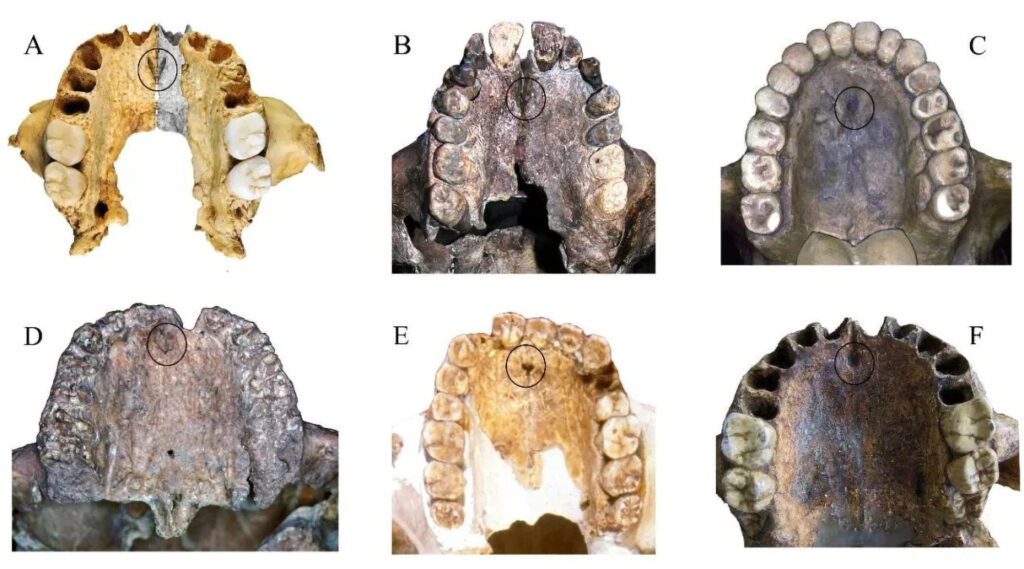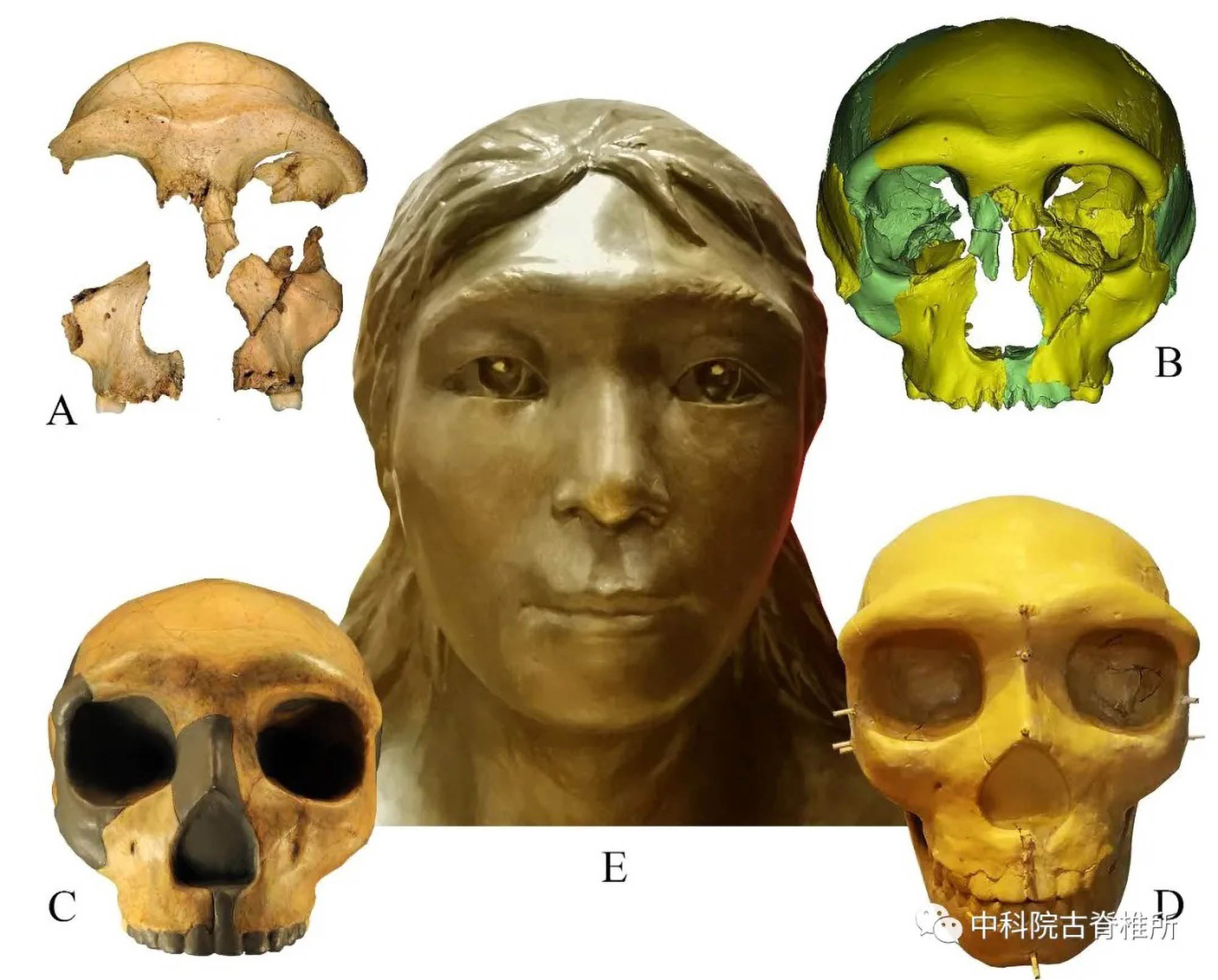Experts in China have unearthed what could be the world’s oldest human remains ever discovered, dating back as far as 331,000 years.
AsiaWire has spoken to one of the paper’s co-authors, Professor Kristian Carlson from the University of Southern California, in an exclusive interview, and he said working on the project was a “dream”, adding that he was “extremely grateful”.
Experts in China discovered and restored what they and the international team they worked with said are at the very least the earliest human fossils with modern facial features ever unearthed in East Asia.
They might even be the world’s oldest archaic human fossils ever found, but further research would be needed to determine exactly how old they are.
<<< Archive Story >>>
Experts May Have Found Worlds Oldest Human Remains Ever That Could Date Back 331,000 Years
Their current estimate puts them at between 275,000 and 331,000 years old.
The current official record holder for the world’s oldest human remains ever found goes to a discovery in Morocco that dated a skull, face and jaw bones to approximately 315,000 years ago.
In order to date the discovery more accurately, Professor Carlson told AsiaWire: “Regarding the matter of narrowing a more specific date within the range you mention, the most useful line of evidence to achieve this would be to directly date one of the human fossils.

“This would be a destructive process though so it is clearly not advisable. Some teeth of associated faunal remains were directly dated with success. This is encouraging, if the human fossils were ever to be considered for undergoing direct dating attempts.”
Professor Carlson added: “In addition to these faunal teeth, current dates are derived from a series of Uranium-Thorium dating procedures performed on speleothems (i.e., geological formations in caves such as stalactites and flowstones) and also on cemented breccia “around and within” the human cranium.
“Dating the breccia ‘around and within’ the human cranium provides a pretty solid estimate of a minimum age for the deposition of the human cranium, although it still involves a range as you note. At present, there isn’t really a good way (at least rigorously) of being more precise within the range.”
Professor Carlson said working on the project had been a “dream”, adding that he was “extremely grateful”.
He said: “I am extremely grateful to my colleagues at the IVPP [ed.: Institute of Vertebrate Paleontology and Paleoanthropology] for the opportunity to be involved in this effort. This is a fantastic group of scientists leading the way and I’m excited to have an opportunity to make small contributions to the overall team effort.
“In many ways, this experience has fulfilled a long-running dream of mine since my undergraduate days to make a contribution to the field of study on modern human origins.
“East Asia is one of the most important regions to consider when it comes to questions surrounding modern human origins, in part because of the long history of work done with evidence in this area.
“Colleagues at the IVPP are fantastic to work with and I think our recent contribution to the field will hopefully spark a lot of vigorous discussion and debate. I’m still enjoying every second of the entire process.”

At the very least, researchers said their discovery “proposes that the transition of human evolution from ancient to modern forms in East Asia occurred 300,000 years ago, which is 80,000 to 100,000 years earlier than previously known”.
In a statement released by the Ancient Spine Institute, Chinese Academy Of Sciences, the experts said: “Recently, a Chinese-foreign cooperation team led by researchers Liu Wu and Wu Xiujie of the Institute of Vertebrate Paleontology and Paleoanthropology of the Chinese Academy of Sciences published a research paper titled ‘Morphological description and evolutionary significance of 300 ka hominin facial bones from Hualongdong, China’ in the international academic journal, the Journal of Human Evolution.”
They said that the study demonstrated that “the faces of ancient humans in Hualong Cave 300,000 years ago showed mosaic morphological features”.
They added that apart from “some of the upper orbital and zygomatic features similar to mid-Pleistocene Homo erectus and ancient humans such as Zhoukoudian, Nanjing, Dali, Jinniushan, most of the facial features are located in the range of early-modern humans and modern humans.”
The researchers also restored human skulls found in Hualong Cave, subsequently showing that the appearance of ancient humans in the cave occurred approximately 300,000 years ago.
Researchers said the study confirms “the diversity of human evolution in the late Mid-Pleistocene in East Asia”, and they added that it also “proposes that the transition of human evolution from ancient to modern forms in East Asia occurred 300,000 years ago, which is 80-100,000 years earlier than previously known.”
The statement said that the experts had been working to investigate and excavate the cave, which is located in Dongzhi County in eastern China’s Anhui Province, since 2013.
They found over 30 ancient human fossils including a “relatively complete skull fossil”.
They have also found “hundreds of stone tools” and a high number of “mammalian fossils and traces of cuts and slashes on the surface of animal bones”, which they said reflected the “survival behaviour of ancient humans”.

Explaining how that they dated the ancient human fossils, they said: “Through uranium dating, fauna composition analysis and stratigraphic comparison, the age of ancient human fossils is determined to be between 331,000 and 275,000 years ago. This is the mid-Pleistocene human fossil site with the most abundant human fossils found in China after Zhoukoudian, and contains evidence of human activities such as stone tools.”
Among the human fossils found in Hualong Cave, experts said they found a complete skull which still has all its facial bones.
They added that the study “used traditional morphological description, high-definition CT, multivariate statistics and other methods to conduct detailed morphological observation and measurement” of the skull.
They said that the research had shown that the skull belonged to “a young individual with a face similar to modern people”.
Thanks to the research they conducted, they were able to create a digital image showing what the person might have looked like.
They said that there was still a lack of consensus among paleoanthropologists regarding when exactly ancient humans transformed into modern humans in East Asia, and that further research was needed in order to be more specific.
The head researcher, Liu Wu, said the skull represents East Asia, based on its chronological data and “the large number of modern human features present on the skull”, among other factors.
This exciting new discovery appears to match up with other recent research, with experts saying: “The recent discovery and research of ancient human fossils in Africa has advanced the appearance of modern humans to 315,000 years ago.
“However, genetic studies have shown that the separation of the ancient human and modern human lineages occurred between 55-765 million years ago, suggesting that there may be members of the modern human lineage that lived earlier, much earlier, than the current human fossil evidence.
“In the future, more ancient human fossil discoveries and studies will further reveal the emergence of modern humans on the East Asian continent and clarify disputes related to the origin of modern humans.”

The research was conducted by experts from the Institute of Vertebrate Paleontology and Paleoanthropology of the Chinese Academy of Sciences, Xi’an Jiaotong University, and the University of Southern California.
The paper’s first author has been named as Wu Xiujie from the Institute of Vertebrate Paleontology and Paleoanthropology, Chinese Academy of Sciences while Researcher Liu Wu from the Institute of Vertebrate Paleontology and Paleoanthropology of the Chinese Academy of Sciences and Professor Kristian Carlson from the University of Southern California are its co-authors.
Other authors included Chinese Academy of Sciences researcher Pei Shuwen, researcher Xing Song, Professor Cai Yanjun of Xi’an Jiaotong University, and Dr Tea Jashashvili of University of Southern California.
To find out more about the author, editor or agency that supplied this story – please click below.
Story By: Joseph Golder, Sub-Editor: Lee Bullen, Agency: Asia Wire Report
The Ananova page is created by and dedicated to professional, independent freelance journalists. It is a place for us to showcase our work. When our news is sold to our media partners, we will include the link here.




